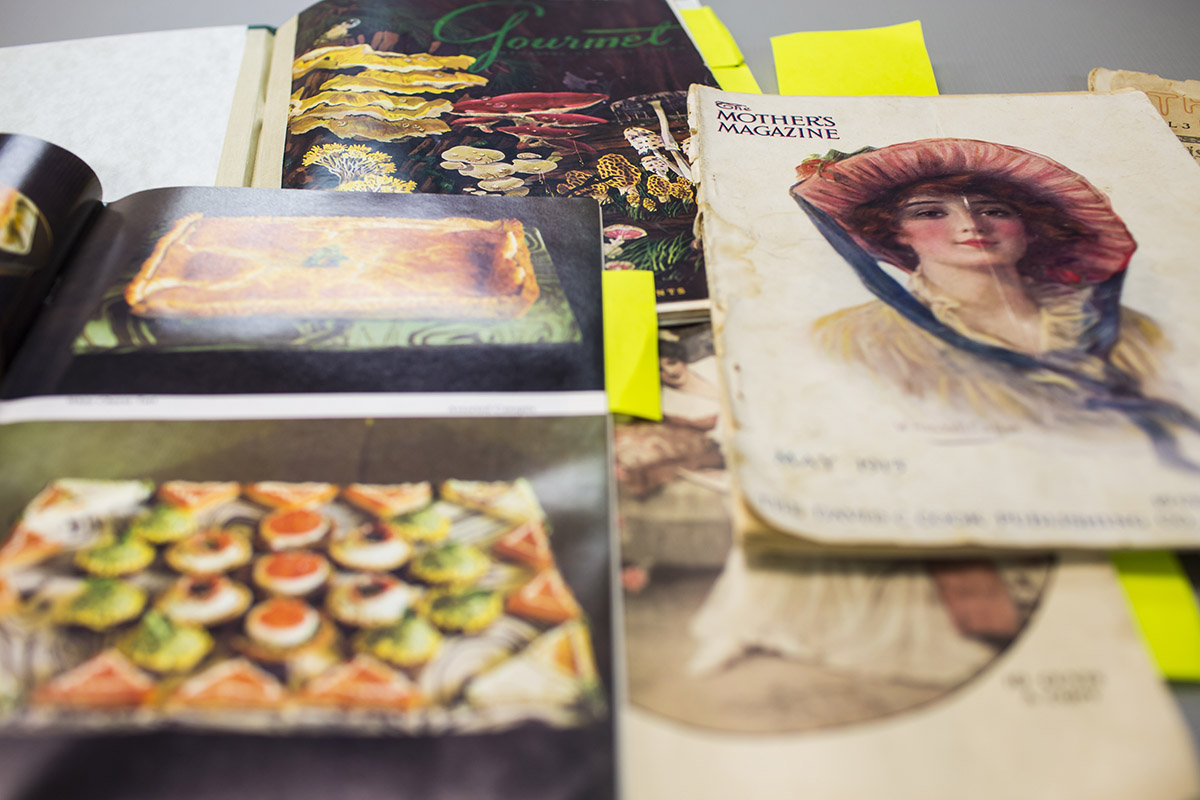That looks delicious

Course Title
ENG 101: Good Taste— The Art of Food Advertising
Course Description
For centuries, humans have illustrated what we eat—from cave paintings to fast food advertisements—and revealed a lot about ourselves in the process. In this class, students work with the instructor to answer two questions: what draws us to food as a subject, and how should we write about it? The class looks at the way depictions of food illustrate how we communicate as individuals and as a society of different genders, races, and classes.
They begin by looking at the ways what we eat has been painted and photographed, leading to a semester-long exploration of food advertising and how it can teach us to write in direct and compelling ways. Students practice cultural and rhetorical analysis by looking closely at historical food descriptions and depictions, and sharpen composition skills by creating food advertisements of their own, culminating in an analytical paper and portfolio.
Faculty CV
Kayla Shipp Kamibayashi, a PhD candidate in the graduate Department of English at Emory College, combines her unique educational background in English, computer science, and digital humanities to craft a class that challenges first-year students to examine everything they see through the lens of art, analysis, and human nature. Shipp Kamibayashi found the perfect combination of elements to teach first-year writing by placing the emphasis on food—"something that everyone connects with"—and advertising—something people are bombarded with daily. Using classic works of art like Still Life with Skull by French artist Paul Cézanne and Flemish painter Joachim Beuckelaer's The Four Elements: Fire alongside highly styled food photography from her own collection of vintage magazines and advertisements and modern documentaries like Netflix's Chef's Table and Ugly Delicious, Shipp Kamibayashi first exposes students to analysis before applying the same ideas to food advertising and writing.
Today's Lecture
Students break into small groups to choose and analyze advertising from vintage twentieth-century magazines— from the 1910s through the 1970s—including The Mother's Magazine and Gourmet. Students record their first impressions of the ads, discussing what they see in the ads (shapes, objects, words, patterns, contrasts) and what they don't see (what they expect to see but don't), and writing about them. The class then discusses how the imagery and text, or lack thereof, changed their perception of the ads and the products they were promoting.
Quotes to Note
"I want them to find the cultural tensions and themes in the images and derive their own claims from them. One of the overarching goals is getting them to understand why we see what we see. By looking at the constructs behind the way we look at food—food styling, what's honest, what's dishonest, how do you portray it—I want them to read out of it instead of into it." —Kayla Shipp Kamibayashi
Students Say
"I took a literary writing class in high school that analyzed a lot of different types of writing and stories. I am interested in marketing, and I thought it would be interesting to take an English class that looks at analysis through marketing. We started with sixteenth-century pieces of art and we got to dive into the history of that and how it relates to what we see now. It has been challenging, but interesting." — Priya Yadav 22C


